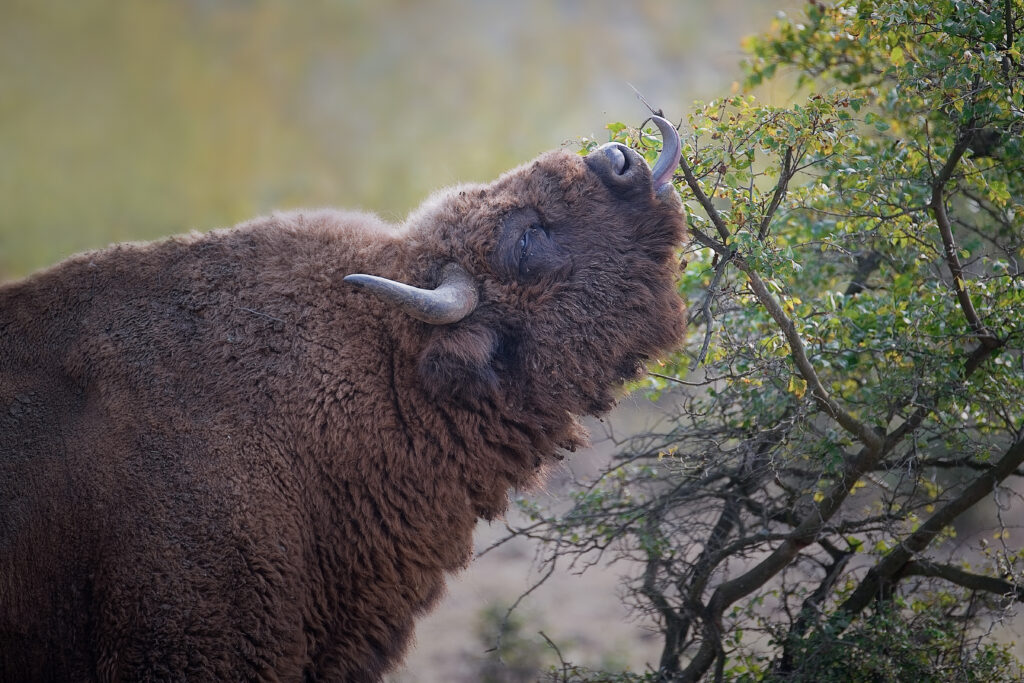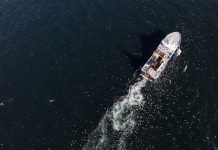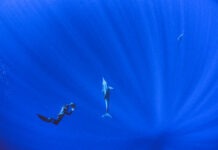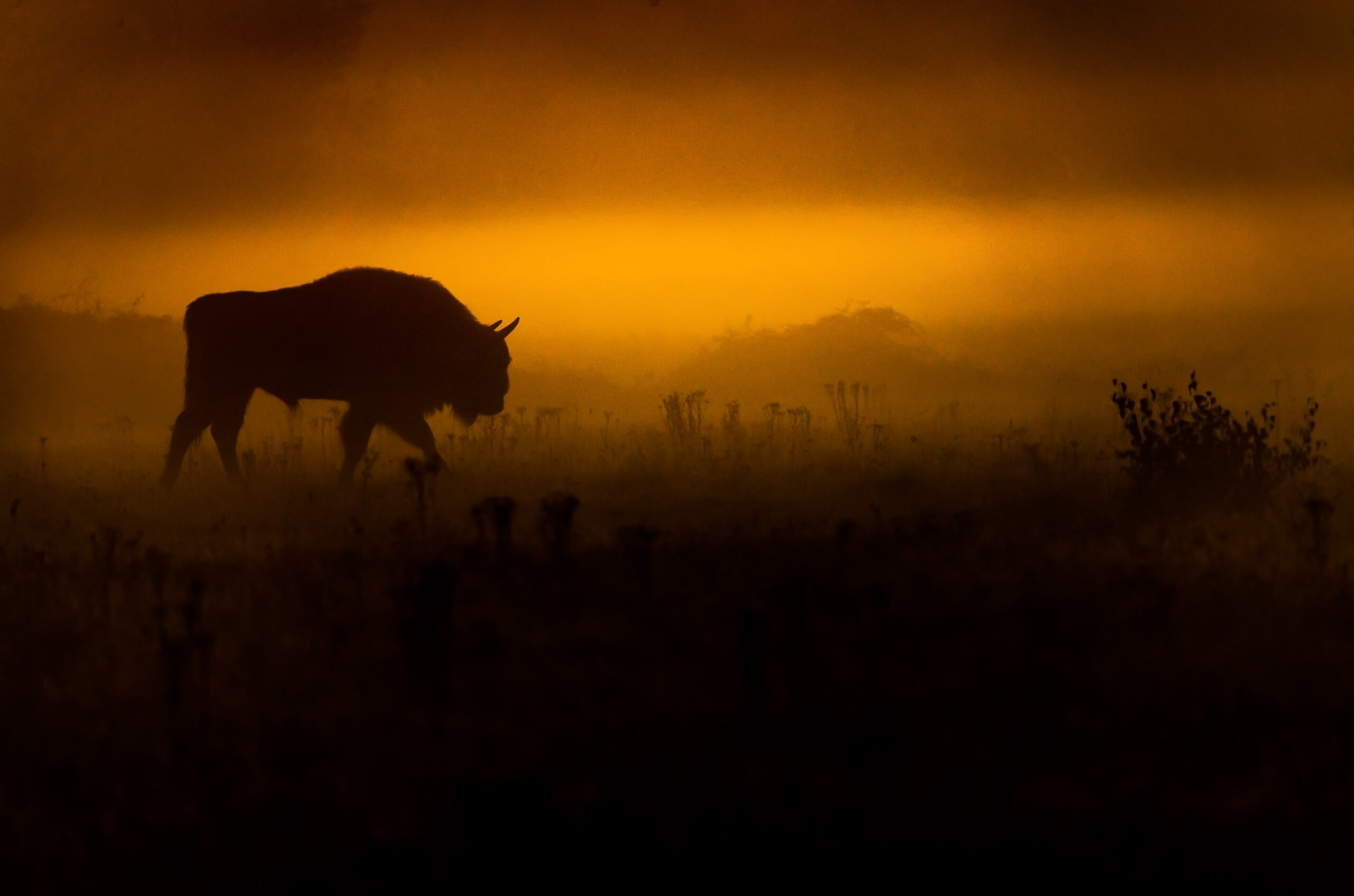“Rewilding has been happening in different guises for 20 years or more, it is just that we now have a term for it.”

Exploring the dynamics and directives behind the rising term ‘Rewilding’.
The value implied by the popular phrase reflects a growing interest in natural connections which consider the interplay and impact of ecosystems on our quality of life and ultimate survival.
The current definition of Rewilding as defined through EU community and government initiatives, and summarised in the Policy Brief¹ co-authored by Oxford University and Rewilding Europe, reveals a multifaceted concept with three broad dimensions that interact with each other.
Restoring and giving space to natural processes.
Reconnecting wild(er) nature with the modern economy.
Responding to and shaping cosmopolitan perceptions of nature conservation among European society. The following principles are coming to characterise and guide rewilding as a distinct approach to conservation.
The policy further clarifies the potential for progress with outcome-driven directives—a memorandum on making space for Rewilding. By example, the EU thus sets a benchmark for embracing the benefits to business, conservation and community through a nature-based aim.
Restoring natural processes and ecological dynamics—both abiotic such as river flows, and biotic such as the ecological web and food-chain—through reassembling lost guilds of animals in dynamic landscapes.
A gradated and situated approach, where the goal is to move up a scale of wildness within the constraints of what is possible, and interacting with local cultural identities.
Taking inspiration from the past but not replicating it. Developing new natural heritage and value that evokes the past but shapes the future.
Creating self-sustaining, resilient ecosystems (including re-connecting habitats and species populations within the wider landscapes) that provide resilience to external threats and pressures, including the impact of climate change (adaptation).
Working towards the ideal of passive management, where once restored, we step back and allow dynamic natural processes to shape conservation outcomes.
Creating new natural assets that connect with modern society and economy and promote innovation, enterprise and investment in and around natural areas, leading to new nature-inspired economies.
Reconnecting policy with popular conservation sentiment and a recognition that conservation is a culturally dynamic and a scientific and technical pursuit.
“We need new concepts and innovation in policy for nature conservation to regain ground.”
What this policy represents is a deeper resonance for the term Rewilding, making the concept a tangible goal for preserving nature and heritage cultures whilst simultaneously driving innovation and economy for the mutual progression of people and the planet.
Learn more at: www.rewildingeurope.com

















